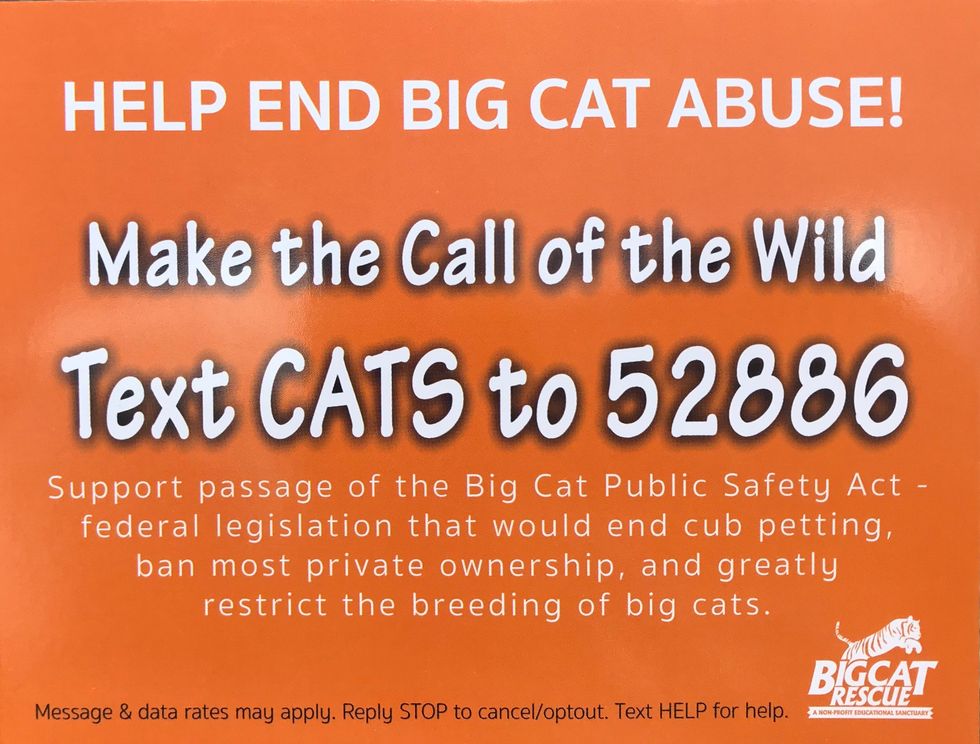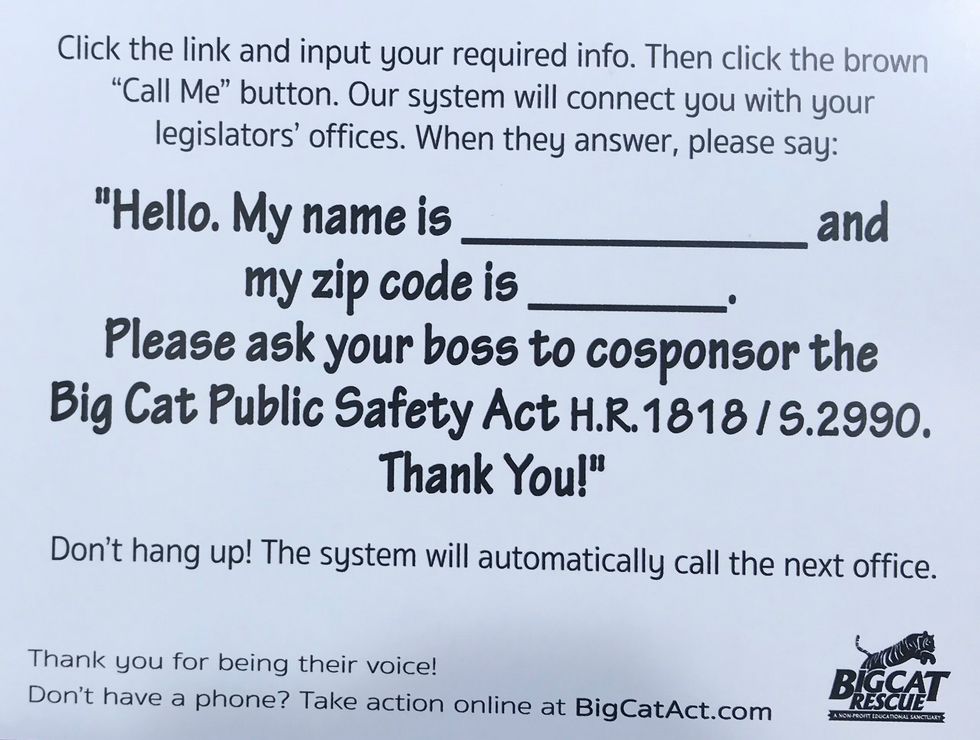This labor day weekend, I failed, in true procrastinator fashion, to make plans. So, when my boyfriend asked me to join his mother-son trip to the coast, I jumped at the opportunity, figuring my awkward intrusion was better than the prospect of a lonely long weekend spent watching youtube videos from the comforts of my dorm.
So, off we went, for a weekend that turned out to be incredibly fun, from exploring Tarpon Springs to midnight adventures through Ybor City. But, the best part of the trip was our last morning, which we spent on a tour of the Big Cat Rescue in Citrus Park, Tampa. I agreed to come along for the tour not really knowing what to expect, simply because someone said the words 'cat' and 'rescue' (as opposed to 'zoo', which would have been received with a resounding 'hell no' from me). I expected to walk into a small space with some bobcats and maybe a mountain lion, which, yes, were present. But, what I did not expect were the hundred other cats, ranging from servals (small savannah cats with spots and stripes) to White Tigers. I also didn't expect the stories that when with these incredible animals.
When you hear "Rescue" and see a picture of a lion, a tiger, and a leopard (oh my!) on the banner at the entryway, I think most would assume as I did: the majority of these animals were rescued from zoos—plus there's the automatic association between big cats and poaching, and so some part of me expected survivors of that as well. But, as the tour started, this assumption was quickly shattered.
The first animal we saw was a lynx named Gilligan, who was purchased at an auction in a tiny, dirty cage that appeared to have been uncleaned for the entirety of his living in it. Second, we met several servals, all of which had been attempted pets, only for the owners to quickly realize that these wild (you would think that word would be enough of an indication) animals were not meant to be kept as domestic pets.
On through the twisting enclosures—all built to give the illusion of height to the animals without risking escape, and all with multiple layers of space for the cats to roam—the stories piled up. A white tiger and a lion kept in an attempt to breed a white liger, a leopard saved as a cub from a backyard-breeder, even a massive lioness named Nikita apprehended during a drug raid. All the stories, though each one unique, and each one terribly sad, left me with the resounding message: this is because we are thinking only of what we want, not what the animals want. We see these exotic cats and immediately want them. We attach personality traits that mirror our own pets, we commodify their coats, we add status to their ownership. And as a result, they are forced into a role subjugate to humans that they do not fit within. And when they rebel, they are rejected.
At the rescue, our guide, Desmond, took us from enclosure to enclosure, telling us the sad stories of these incredible felines and showing us their natural behaviors, from mountain lions socializing to servals establishing dominance to a leopard stalking Desmond as he walked around the exterior of the enclosure. It was in this last instance, especially, that I had a profound moment of awe and fearful respect for these powerful, wild animals. The control, the focus, the sheer deadliness of the Leopard as it moved silently through its enclosure affirmed once and for all that these cats are not like my cats at home. These are predators, and they need to be free.
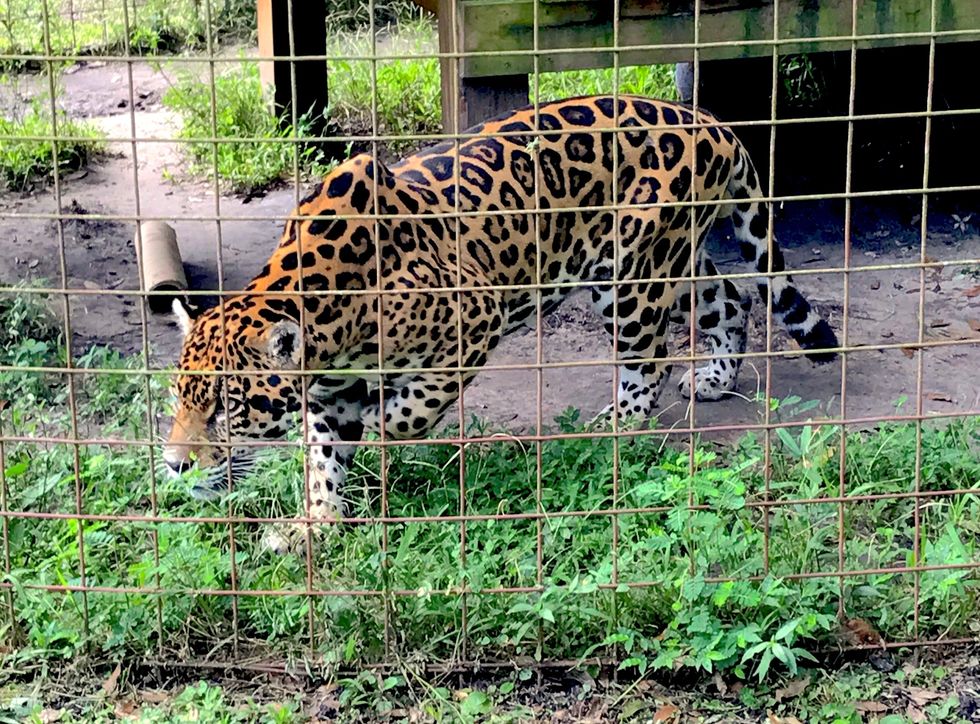
In the state of Florida though, this is not likely to happen any time soon. That is unless we do something to change the way things work. Currently, Florida law states that a private citizen (with appropriate permits, which of course are far to easy to get, with an estimated 1,500 tigers currently in Florida) can keep a large cat (meaning lion, tiger, jaguar, leopard, etc.) in an enclosure of the size pictured below.
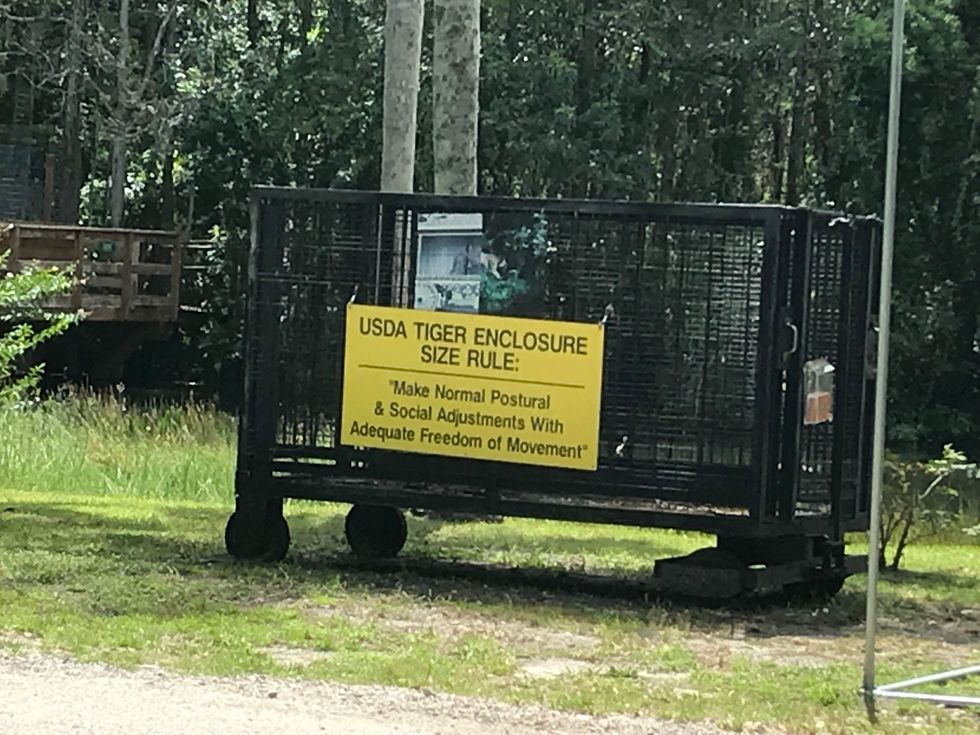
State law also says that a large cat owner can keep two large cats in an enclosure of the following size:
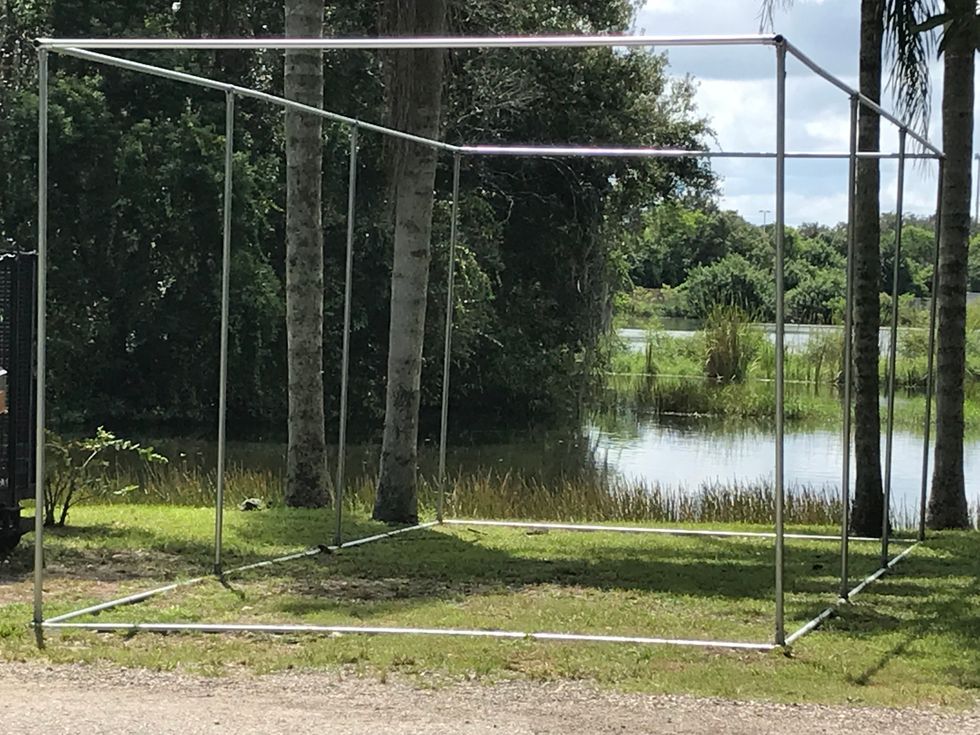
To give reference, the volunteers at the Big Cat rescue stated that they wished the enclosures could be bigger for their smallest animals (servals, which are about 25 lbs) when they already measure roughly 1,020 square feet. Lions like Nikita weigh in at an average of 360 lbs (though Nikita is larger) and only "require" a space barely large enough to turn around in on their own, and a space just over twice that size for two of them.
So, if there are about 1,500 tigers in Florida, not to mention lions, leopards, jaguars, and the like, that means there are at least that many, likely many more, living their entire lives in a space hardly big enough to hold them. And, beyond this, many of these animals are being abused in other ways, improperly fed, bred, sold illegally, trafficked as pets or for their fur… and the best way to stop it is to change our laws, something that the Big Cat Rescue is working tirelessly to do.
Below, you can find information on how you can help change the law and save these incredible creatures, and if you want to learn their stories for yourself, you can learn more about them at the Big Cat Rescue website, or visit them for a tour in Citrus Park, Tampa.
